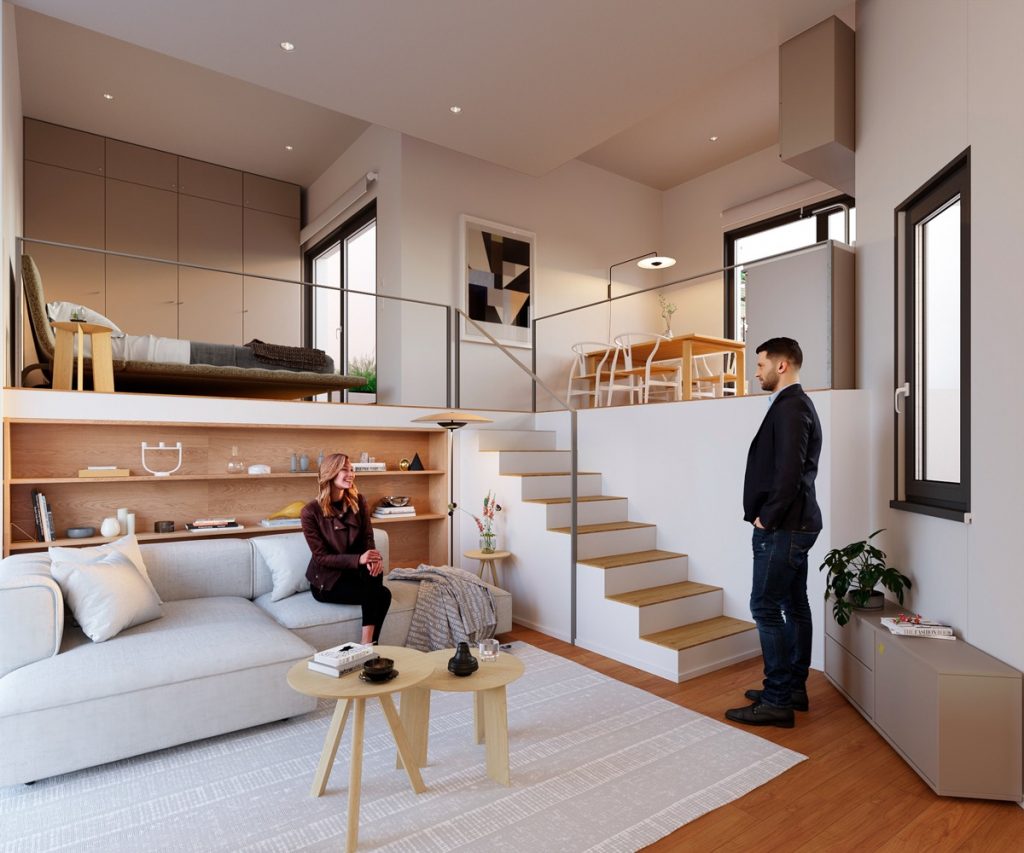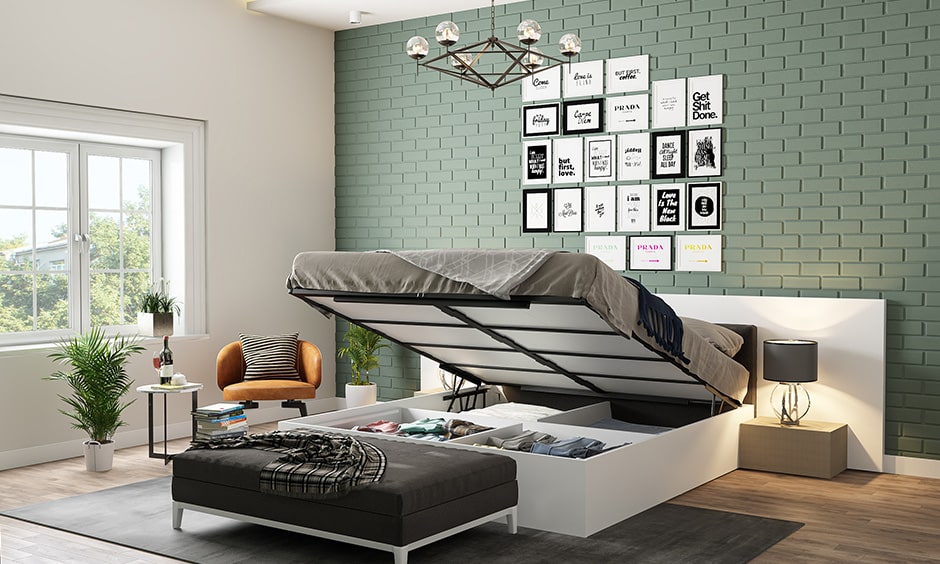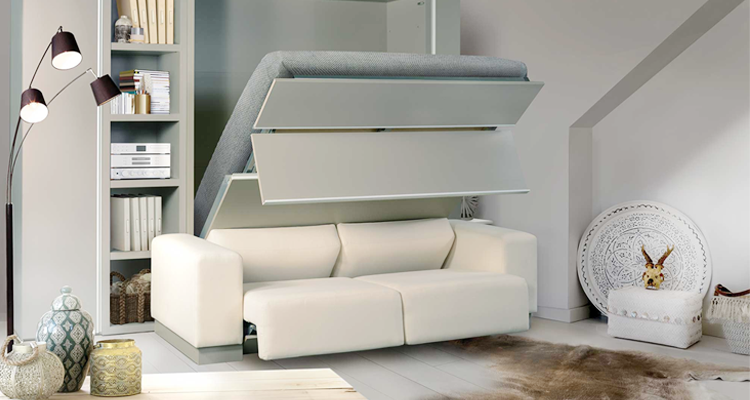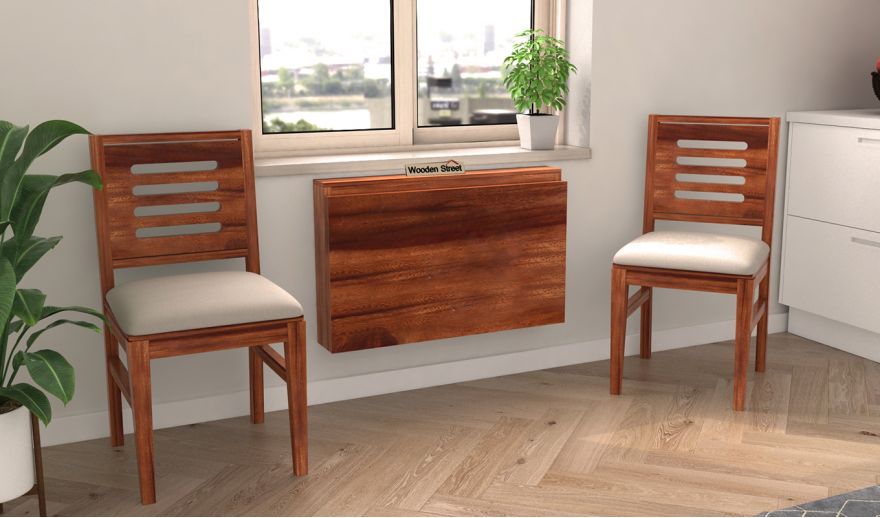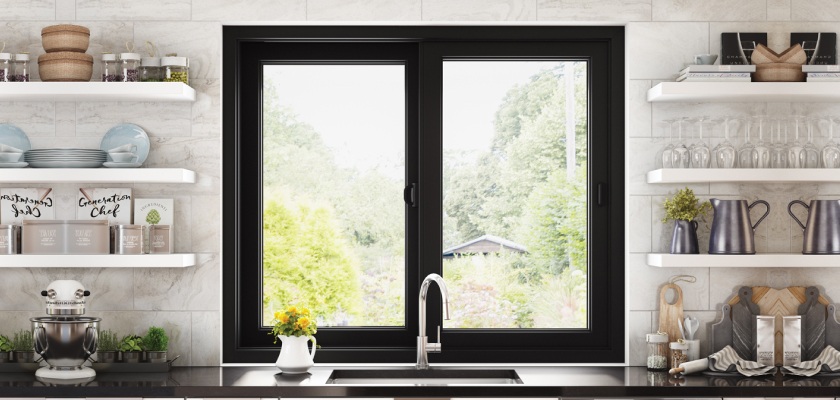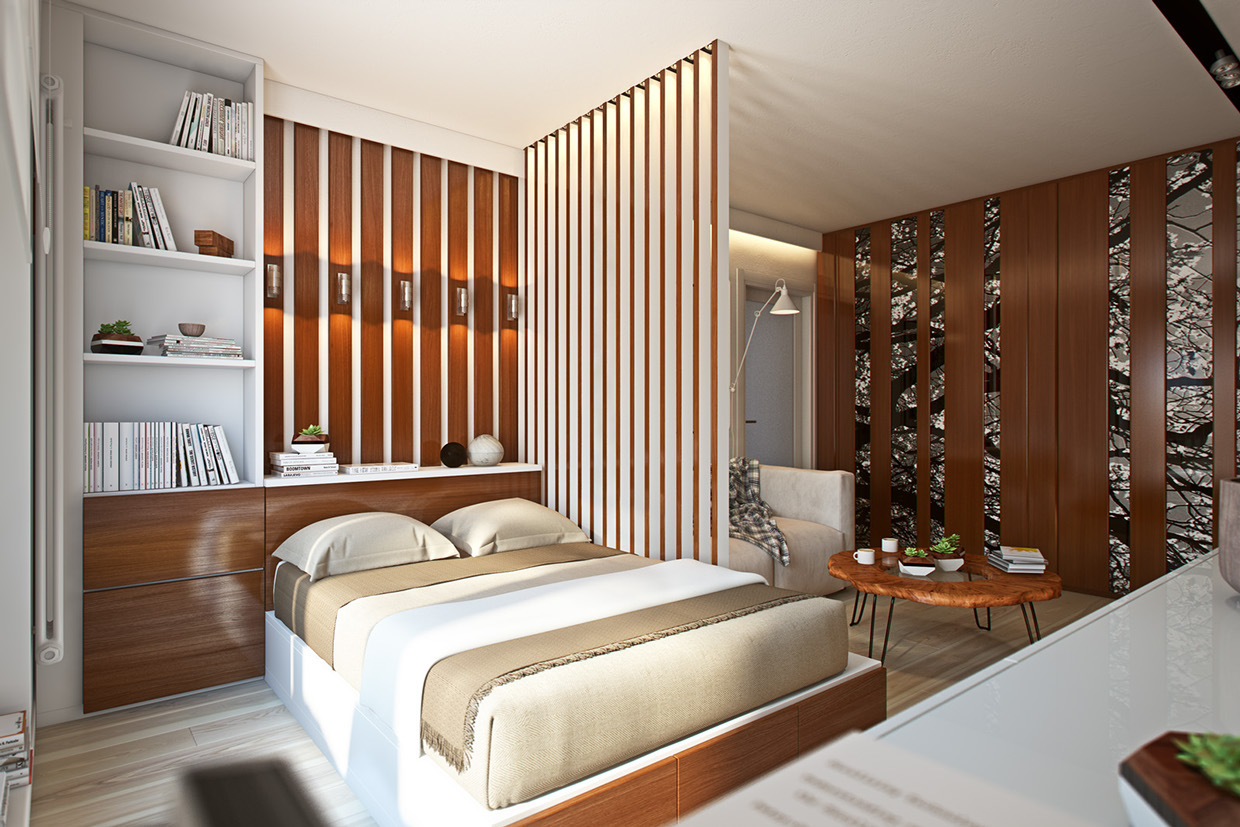Average Kitchen Sizes
The average size of an American kitchen has greatly improved thanks to the modern designs and cultures. The evolution of the miniature kitchens has been remarkable and it has been characterized by the degree of opulence, style and historical design norms.
Large, luxury homes have tended to have large kitchens either attached or separate from the home. Another factor is regional or demographical factors. For example, suburban homes tend to have larger kitchens than urban homes. Homes on the Southwest side of America have a tendency of having bigger kitchen designs than the ones on the North East side.
In the USA kitchens are used for diverse purposes other than cooking, and food preparations, they are used for dining with guests and friends. The children also sit on the kitchen islands as they do their assignments and bond with their parents.

Evolution of Kitchens
Before the 1900s:
The kitchen was smaller than today and it occupied a smaller portion of the home. Appliances including stoves were huge and free standing and occupied most of the spaces. Food storage was done in a separate pantry area while the kitchen was a largely hidden space. The only exception was in the rural kitchen farms where the large space was used for serving meals.
In the early 1900s:
The home sizes gradually increased until the 1950s. The kitchens remained relatively small rooms. Space-saving gas electric appliances and efficient cabinetry began to make the kitchens more functional. Small informal dining areas in the kitchen became more common. It further led to the creation of larger kitchens.
From the 1950s to the 1980s:
The kitchen sizes extended. As built-in appliances increased, efficient cabinetry increased making the kitchen more practical. Informal meals began to be served on smaller tables or in breakfast nooks.
From the 1980s to the present:
The size of the kitchen floor plan improved to 2600 square feet. The kitchen sizes presently have increased to serve social functions. In-built industrial homes have larger dining spaces and open spaces for entertainment. Old homes have been remodelled to incorporate more spaces.
Kitchens that are 400 square feet or larger are quite common in larger homes. The kitchen area is now part of the open-concept design blurring the distinction between the kitchen and the living room.
In the 2020s:
The average size of a kitchen room is presumed to be 150 square feet. However other factors would determine the size such as the size of the family, and whether you would need to entertain them regularly would translate to a bigger space and an open floor plan.
The Average Kitchen Size in a Standard Home
According to the USA Census Bureau Report, distinct residential homes, condos and townhomes, the average size of the USA home size 1500 square feet. However, the average size of the current home is about 2600 square feet. The variance between the newly built homes and existing homes is dependent on the source.
The average size of a kitchen depends on the home’s age and the types of remodelling done. However, diverse statistics have been provided by the National Kitchen and Bath Association (NKBA).
It includes the average kitchen being about 161 feet in a single-story home and 174 square footage in multi-storey homes. Homes below 1500 square feet have kitchens sized 103 square feet. Homes with an average size of above 4000 square feet have kitchens with a size of 238 square feet.
According to the National Association of Homes (NAHB), the average kitchen sizes are proportionate to the overall printout of the home. Homes below 2000 square feet have kitchens with sizes ranging from 195 square feet.
Homes between 2000 to 2900 square feet have kitchens with an average size of 288 square feet. Homes above 3000 square feet have kitchens with a size of 424 square feet.
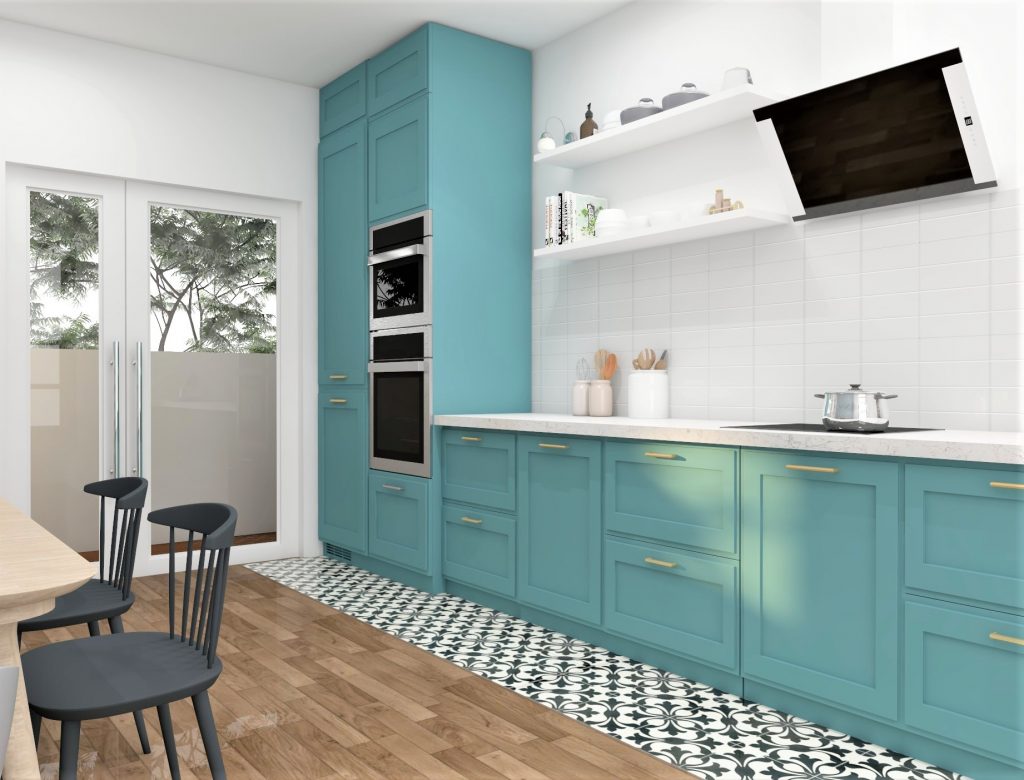
The Average Kitchen Size in Trailer Homes
Trailer homes tend to have the same size as standard homes but are slightly smaller. Trailer houses are long and narrow. A standard trailer house is sized 20x 80. Smaller mobile homes are about 14x 70. The common characteristic of trailer homes is their propensity for eat-in-kitchens.
Smaller mobile homes have 80 square feet of kitchens while larger ones have 150 square feet. Regardless of the size, the trailer kitchen will tend to be long and narrow. Instead of 10x 10, they will tend to be 8 x12 or X 16 square feet.
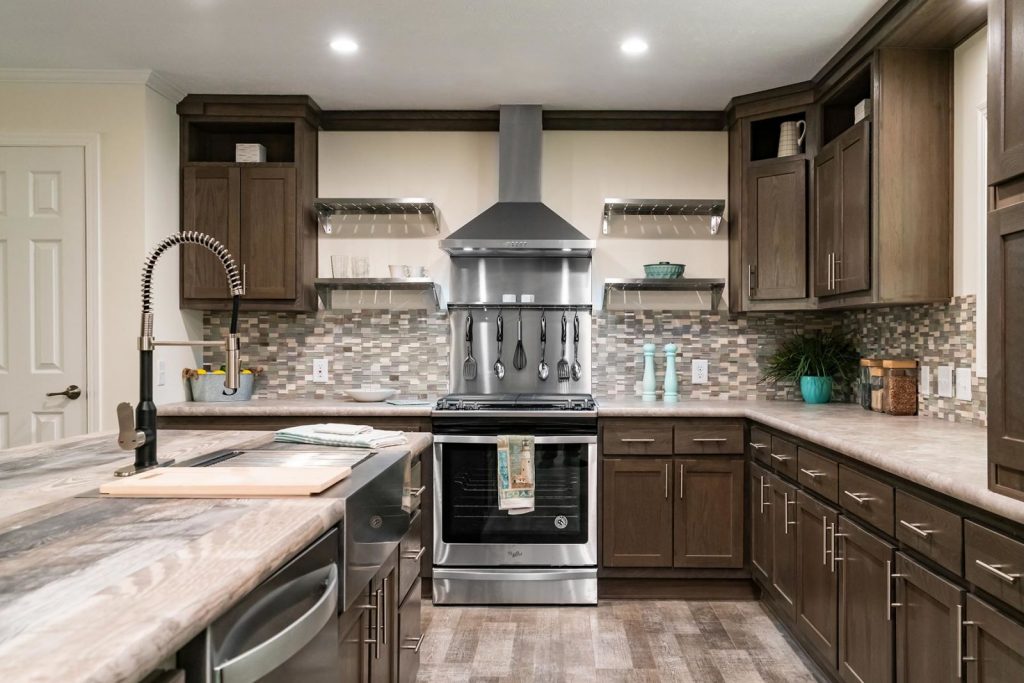
Image Credit: mhvillage.com
The Average Kitchen Size in a Motor Home
The statistics in 2018 stated about 1 million Americans live in motorhomes. It is difficult to estimate the RVs kitchen sizes as the kitchen, dining room bedroom and living room share the same space. The kitchen area will tend to be next to the living room. It’s calculated in cubic feet to ascertain the appliances fit perfectly. Most of the appliances are made for recreational vehicles.
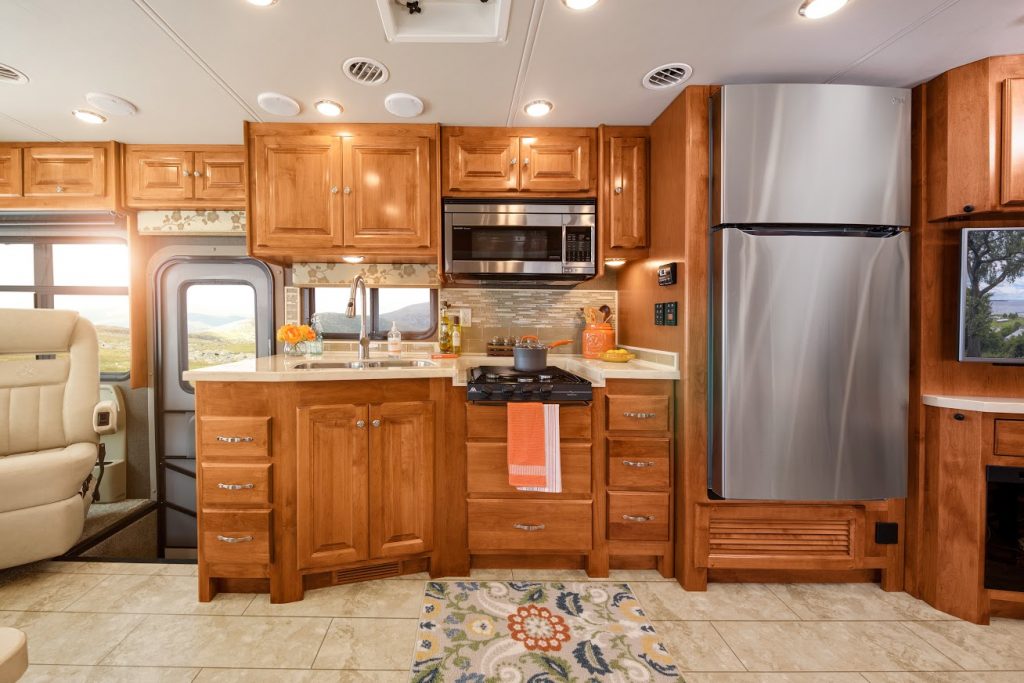
Image Credit: outdoorsy.com
The Average Kitchen Size in a Farmhouse
A farmhouse that is considered small is between 20 to 24 inches in length. The length measurement is taken from one side of the sink to the back of the sink while the width measurement is taken from going in front of the sink. The depth or height of a farmhouse sink is fairly standard.
The width of the sink is the same as the standard sink as dictated by the width of the countertop. A medium farmhouse sink is between 8-10 inches in height and 33 inches in width and a length of 30 to 40 inches. A large farmhouse has a height between 8-10 inches, a width of 33 inches and a length between 40 -60 inches.

Image Credit: foyr.com
The Average Kitchen Size in an Apartment
A standard kitchen apartment has five kitchen layouts (G-shape, U-Shape, L-Shape, Galley and One Wall). Every kitchen is distinct and consumes around the same amount of space on average. Apartments are normally smaller than the standard house. Thus, their kitchens are also smaller. Most kitchens are under 100square feet.

Image Credit: homestratosphere.com
1. One Wall Kitchen Size
This layout type is suitable for small houses or limited kitchen spaces. All the kitchen cabinets and appliances are fitted on one wall including the kitchen island. One walled kitchen needs about 8 feet in length to accommodate all the appliances.

Image Credit: dimensions.com
2. Galley Kitchen Size
It is also known as a walk-through kitchen and is suitable for small kitchen spaces. In a galley kitchen, two parallel walls of kitchen cabinets and worktop spaces face one another creating a walkaway between one another.
A galley kitchen omits the issue of corner cabinets which can be expensive as they have to be customed. An average gallery kitchen is about 7 to 12 feet in width with four or five feet between the two walls of kitchen cabinets and fixed appliances.

Image Credit: dimensions.com
3. L-Shaped Kitchen Size
It consists of two perpendicular walls of kitchen appliances and cabinets. The average size ranges from 8 to 13 feet in length and 3 to 9 feet in width. The layout is efficient as it is easy to add a dining set or multiple workspaces.

Image Credit: dimensions.com
4. U-shaped Kitchen Size
A U-shaped or horseshoe kitchen has a kitchen island and is best for variant cooking. It permits more spaces for movement in and out of the kitchen. It consumes about 107 square feet of space.

Image Credit: dimensions.com
5. Peninsula Kitchen Size
It is similar to a U-shaped kitchen or a kitchen with an island. However, the third wall of the horseshoe shape is not fitted with kitchen cabinets or compared to the kitchen with an island as the island is connected making a peninsula instead of a free-standing kitchen island. The dimension of the peninsula kitchen is similar to a horseshoe-shaped kitchen.
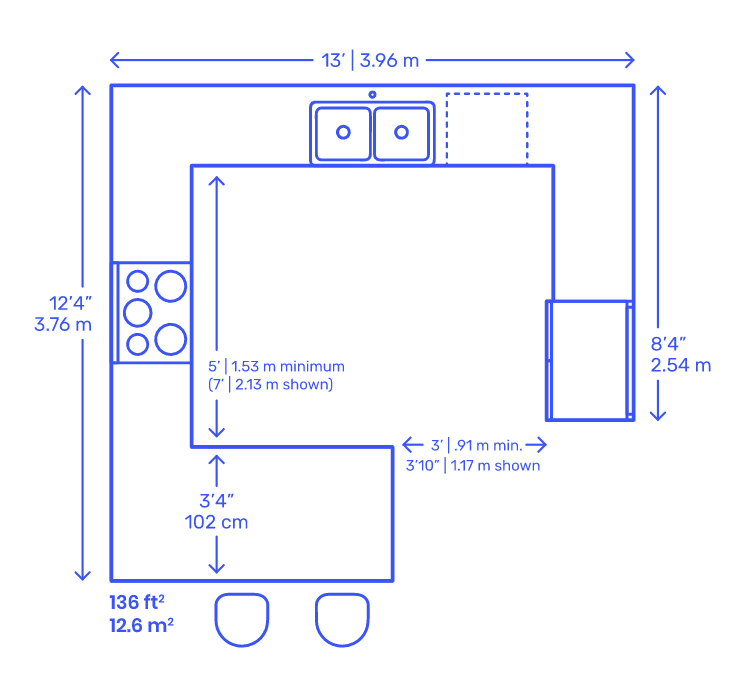
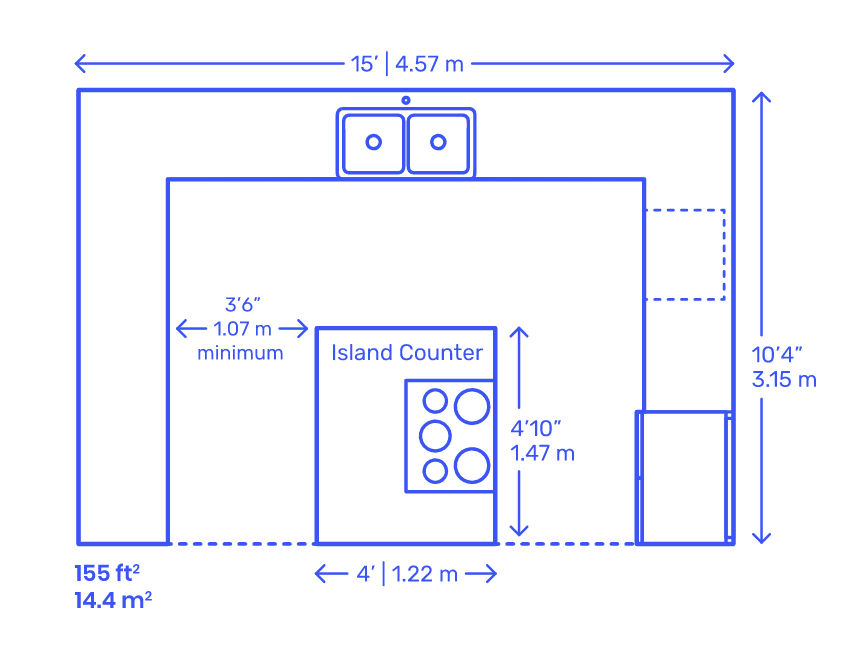
6. Island Kitchen Size
It comprises a large free-standing structure that adds an extra workstation. It can be used as a place to dine, kitchen sink or as food storage. An average kitchen island is 3 by 6.5 feet.
Image Credit: dimensions.com
The Average Kitchen Size in a Tiny House
Tiny houses are in two categories. Those under 100 square feet and tiny houses under a wheel that is generally smaller than 200square feet. In an average house 10-155 of the house is consumed by the kitchen.
In a tiny home, the space is larger for the kitchen and is usually only one bedroom. If the tiny house is small, the ratio is similar to a regular house and everything is downsized equally. However, a tiny house on wheels has a different layout from a normal house.

Image Credit: thespruce.com
An Average Kitchenette Size
A kitchenette is a small-sized kitchen with several appliances. Mostly a fridge, a tiny sink and a microwave. They are often used in motel rooms and other small temporary living spaces. An average kitchenette is about 58x 24×36. A kitchenette unit may have a sink and a space for a microwave. The fridge is normally placed beneath the cabinet.
1. Appliance Sizes
Every home appliance has a different size than it consumes. The fridge for example is divided into different types (The bottom freezer, top freezer, French door and side-by-side). The bottom freezer has a freezer at the base with an average size of about 29 1/2 inches to 32 3/4 in width and 67 to 70 inches in height and 33 3/8 inches in depth.
The top freezer literally has a freezer at the top and it is the most common type. It is slightly smaller than the one with the freezer at the bottom. Its size is relatively 28 3/4 to 32 3/4 inches in width and 61 ¾ to 66 ¼ inches in height and 28 ¾ to 34 ½ inches in depth.
The French door has two doors on the top and the lower freezer. The freezer is 29 3/8 to 34 5/8 inches in depth. The side-by-side has two doors. One side is the freezer while the other is the fridge.
It has the largest range with 32 ¾ to 39 ¾ in width and 65 7/8 to 71 ¼ inches in height and 29 ¾ to 31 1/8 inches in depth. There are three oven sizes for a regular oven (24 inches, 27 inches and 30 inches). 24 inches is the most common with countertops and cabinets.
2. Stovetop
When one has a different cooking top and a built-in oven, the spacing will be different. A stovetop is normally placed inside a cutout countertop. A stove is 30 inches by 24 inches. Sometimes, they are smaller by an inch on the sides to ensure they fit on the countertop without overlapping.
3. Dimensions for an Ergonomic Kitchen
The dimensions of the size of your kitchen area are based on convenience and comfort. A kitchen is suitable to work in and fits the physical stature. The necessary details to check include the height of the stove should be comfortable for the back. The elbows should be four inches higher than the kitchen countertop.
4. Ghost Kitchen
It is a food prep area. It’s different from a virtual kitchen and it’s easy for individuals to confuse the two. A ghost kitchen does not require mortar and brick for home improvement. Thus, saves resources and maximizes space.
Cost of Remodeling a Kitchen
Remodelling will depend on the size of the space and the style that one wants. 10X 10 square feet size of the kitchen may cost about $15,000 to $ 30,000. The benchmark remodelling pricing is about 5 to 15% of one’s asset values. A professional designer can charge about $100 to $1000 depending on their level of experience and the amount of kitchen remodel work to be done.
When remodelling a kitchen, you can decide to add space, change the countertop to a marble one or purchase a new appliance.
1. Lighting
Proper lighting is essential for food preparation. It also sets the right mood and a perfect ambience for the kitchen. Different lighting fixtures can be installed in a new home for more insulation such as pendant lighting, wall fixtures and scones. It also depends on the types of kitchens and the average home size.
2. Storage
Kitchen wares can be stored in the closets, shelves and snuggeries. It’s also essential to isolate a space for dry foods. Shelves and closets will bear further distance and bone can maximize the space by incorporating fresh overhead closets and shelves. The sole purpose is to reduce clutter for a polished appeal.
3. Flooring
Effective kitchen flooring should include safer and lighter accoutrements as they make the spaces commodious. It’s also effective as it’s easier to spot food tumbles. The effective flooring types that one can use include vinyl, Demitasse pipe, linoleum and hardwood. Vinyl and Linoleum are effective as they’re water-resistant and are available in different designs. Demitasse is effective in continuity and beauty.
4. Ventilation
To fight the smells spreading to the living room area it’s effective in installing a top-notch hood and large windows for proper rotation.
Read also – Standard Bathtub Dimensions For Every Type of Tub
Kitchen Sizes by Region
The NKBA report states that USA kitchens have an average size of 161 square bases and the average kitchen sizes are largest in West South Central and mid-Atlantic regions.
The average kitchen size is about 13 by 13 bases. There’s a significant difference in home style with a single-story home kitchen about 151 bases versus 174 for multi-levelled homes. Still, the average size is adding with houses of floor space 3000 to 3999 square bases having kitchen ranging from 191 square bases.
Houses with 4000 square bases have kitchens of about 238 square bases. The Middle Atlantic (Pennsylvania and New York) had the loftiest average kitchen size at 170 square bases. The South Atlantic (Maryland, West Virginia, Georgia, Florida North and South Carolina) have 166 square base kitchens.
The West South Central (Texas, Oklahoma, Arkansas and Louisiana) had 165 square bases and Mountain (Montana, Idaho, Wyoming, Nevada Utah, Colorado, Arizona, and New Mexico) had 162 square bases. Multi-storey homes in the West South Central region had the largest overall kitchen size at a normal of 184 square bases.
Conclusion
When you are renovating your beautiful kitchen and dreading the transitional factor, consider incorporating your favourite style into a modern home or vice versa. It is essential to consider your house size and your kitchen space before making major remodels
When in doubt about choosing your design elements, we suggest you turn to the user-friendly For Neo software that is designed to help kitchen and bath designers, homeowners and interior designers alike. You can select your preferred floor plans, choose the paint colours for the walls, pick your furniture, and basically design your kitchen on a 3D model. It will give you an accurate rendering of what your kitchen design will look like after the makeover.
